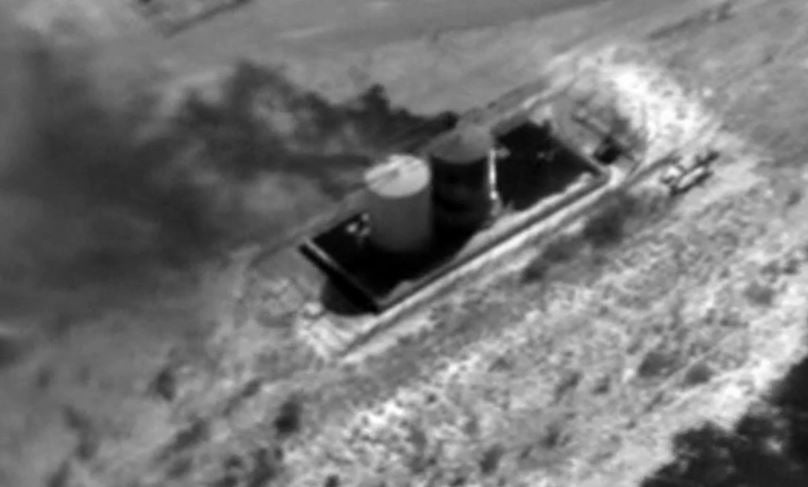 The Environmental Protection Agency (EPA) is soon expected to propose its new “enhanced” Natural Gas STAR program, providing guidelines for oil and gas companies that want to voluntarily work to reduce their methane emissions. Calls for voluntary measures by industry to address this pollution have increased in recent months, as the EPA is set to release its first-ever methane rules this summer.
The Environmental Protection Agency (EPA) is soon expected to propose its new “enhanced” Natural Gas STAR program, providing guidelines for oil and gas companies that want to voluntarily work to reduce their methane emissions. Calls for voluntary measures by industry to address this pollution have increased in recent months, as the EPA is set to release its first-ever methane rules this summer.
While voluntary efforts can be helpful in establishing new technologies or practices, and validating industry’s ability to meet regulatory benchmarks, opt-in programs alone are no substitute for effective regulation that will reduce energy waste and better protect public health. As we’ve said before, current voluntary programs have an extremely low rate of company participation.
In fact, EPA’s current Natural Gas STAR membership includes less than one half of one percent of all oil and gas producers and operators. Therefore, any update to the program should be seen as an adjunct to long-overdue rules that set sensible emission limits for the industry. That’s the only way to set a level playing field for the approximately 10,000 operators that are part of this rapidly expanding oil and gas industry.
With that in mind, here are four of the benchmarks that any voluntary program should include in order to be valid and constructive:
- Find and fix the leaks using the best technology and practices
Recent scientific studies have found that methane leaks are widespread and unpredictable, with a set of sporadic sources responsible for a large amount of pollution. That means we need to cast a wide net, and fix problems promptly. For the new Natural Gas STAR proposal to be effective, it must start with frequent leak detection and repair (LDAR). Research has found, for example, that monthly leak inspections reduce methane emissions by 80 percent, while annual inspections cut them by less than half.
- Set Concrete Targets Early, and Keep Improving
One benefit of a voluntary program is that it can be implemented more quickly than regulatory programs and often can result in faster emission reductions. To take full advantage of this time benefit, strong voluntary programs for oil and gas companies should include concrete, near-term goals. We recommend requiring companies to set two- to three-year initial goals, with five-year goals being the absolute latest.
Members of the program must not become complacent once they reach a goal. Remaining part of EPA’s Natural Gas STAR, or a similar program, should involve continuous improvement, just as any corporate quality control objective would, setting more stringent targets as initial results are achieved.
- Comprehensive Best Management Practices
The best management practices EPA suggests for companies in its voluntary program should be comprehensive, including all proven methods for targeting sources of emissions. And that list shouldn’t just focus on technology and practices, but should be expanded to cover training, incentives, and other management practices that can improve employees’ and vendors’ capabilities, motivation, and performance in reducing methane emissions.
There should also be an explicit additionality requirement for companies to sign up for best management practices they are not yet fully implementing. Giving companies credit for the measures they’ve undertaken only once they’ve joined helps ensure the validity of the program.
- Transparency is key
For any voluntary program to be meaningful, it requires standard metrics and regular reporting, by both the EPA and participating companies.
The current Natural Gas STAR program includes periodic reporting of overall emission reductions. But an enhanced program should report reductions achieved through the program annually, and put them in the context of progress toward the administration’s overall stated goal of reducing oil and gas methane emissions 40 to 45 percent by 2025.
If prior experience is any guide, EPA’s “enhanced” Natural Gas STAR will probably not result in serious, substantial participation on the part of oil and gas producers and operators. Therefore, even as the agency has an opportunity to provide a constructive voluntary forum, the real focus needs to stay on strong regulatory standards to reduce oil and gas methane pollution.









